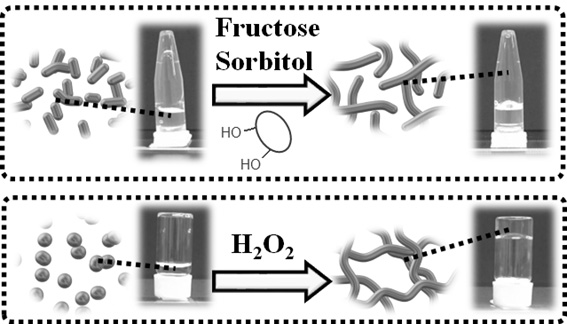Current issue
Displaying 1-25 of 25 articles from this issue
- |<
- <
- 1
- >
- >|
Contents
-
2024 Volume 73 Issue 4 Pages Contents4
Published: 2024
Released on J-STAGE: April 01, 2024
Download PDF (121K)
Foreword
-
2024 Volume 73 Issue 4 Pages 389-392
Published: 2024
Released on J-STAGE: April 01, 2024
Download PDF (648K)
Science on Lipids, Oils and Fats and their Related Industrial Technologies
-
2024 Volume 73 Issue 4 Pages 393-409
Published: 2024
Released on J-STAGE: April 01, 2024
Download PDF (3151K) -
2024 Volume 73 Issue 4 Pages 411-418
Published: 2024
Released on J-STAGE: April 01, 2024
Download PDF (1034K) -
2024 Volume 73 Issue 4 Pages 419-427
Published: 2024
Released on J-STAGE: April 01, 2024
Download PDF (805K) -
2024 Volume 73 Issue 4 Pages 429-435
Published: 2024
Released on J-STAGE: April 01, 2024
Advance online publication: December 29, 2023Download PDF (995K) -
2024 Volume 73 Issue 4 Pages 437-444
Published: 2024
Released on J-STAGE: April 01, 2024
Download PDF (2372K) -
2024 Volume 73 Issue 4 Pages 445-454
Published: 2024
Released on J-STAGE: April 01, 2024
Download PDF (543K) -
2024 Volume 73 Issue 4 Pages 455-466
Published: 2024
Released on J-STAGE: April 01, 2024
Download PDF (1824K) -
2024 Volume 73 Issue 4 Pages 467-477
Published: 2024
Released on J-STAGE: April 01, 2024
Download PDF (571K) -
2024 Volume 73 Issue 4 Pages 479-487
Published: 2024
Released on J-STAGE: April 01, 2024
Download PDF (1036K) -
2024 Volume 73 Issue 4 Pages 489-502
Published: 2024
Released on J-STAGE: April 01, 2024
Download PDF (766K) -
2024 Volume 73 Issue 4 Pages 503-508
Published: 2024
Released on J-STAGE: April 01, 2024
Download PDF (484K)
Oleo Materials and Nano-Technologies
-
2024 Volume 73 Issue 4 Pages 509-518
Published: 2024
Released on J-STAGE: April 01, 2024
Download PDF (2101K) -
2024 Volume 73 Issue 4 Pages 519-538
Published: 2024
Released on J-STAGE: April 01, 2024
Download PDF (3103K) -
2024 Volume 73 Issue 4 Pages 539-546
Published: 2024
Released on J-STAGE: April 01, 2024
Download PDF (2008K) -
2024 Volume 73 Issue 4 Pages 547-562
Published: 2024
Released on J-STAGE: April 01, 2024
Download PDF (2566K) -
2024 Volume 73 Issue 4 Pages 563-571
Published: 2024
Released on J-STAGE: April 01, 2024
Download PDF (714K) -
2024 Volume 73 Issue 4 Pages 573-581
Published: 2024
Released on J-STAGE: April 01, 2024
Download PDF (2908K) -
2024 Volume 73 Issue 4 Pages 583-591
Published: 2024
Released on J-STAGE: April 01, 2024
Download PDF (1581K) -
2024 Volume 73 Issue 4 Pages 593-601
Published: 2024
Released on J-STAGE: April 01, 2024
Download PDF (3081K) -
2024 Volume 73 Issue 4 Pages 603-610
Published: 2024
Released on J-STAGE: April 01, 2024
Download PDF (1067K)
Surfactants & Detergents and Interface Science
-
2024 Volume 73 Issue 4 Pages 611-618
Published: 2024
Released on J-STAGE: April 01, 2024
Download PDF (1275K) -
2024 Volume 73 Issue 4 Pages 619-623
Published: 2024
Released on J-STAGE: April 01, 2024
Download PDF (608K) -
2024 Volume 73 Issue 4 Pages 625-636
Published: 2024
Released on J-STAGE: April 01, 2024
Download PDF (1102K)
- |<
- <
- 1
- >
- >|























